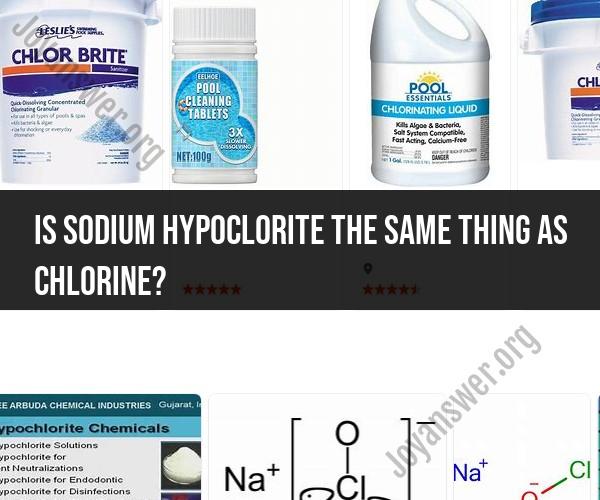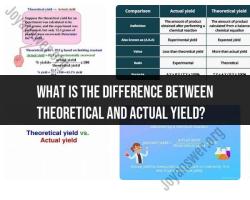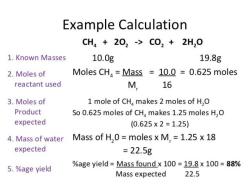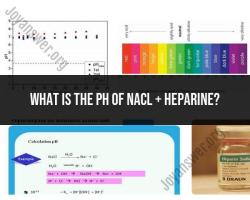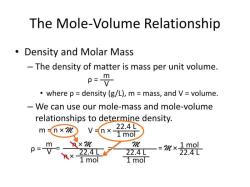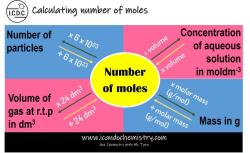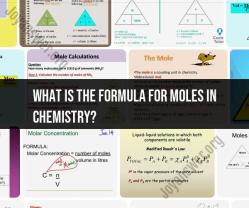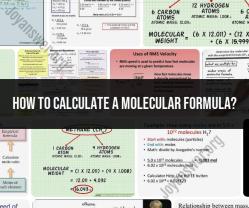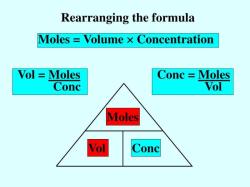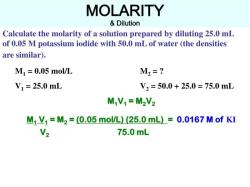Is sodium hypoclorite the same thing as chlorine?
Sodium hypochlorite and chlorine are related chemicals, but they are not the same thing. Here are the distinctions between the two:
1. Chemical Composition:
- Sodium Hypochlorite: It is a chemical compound with the formula NaClO. It consists of sodium (Na), chlorine (Cl), and oxygen (O) atoms. It is commonly found in the form of a liquid solution with water, often referred to as bleach.
- Chlorine: Chlorine is a chemical element with the atomic symbol Cl. It exists in its elemental form as a diatomic gas (Cl2) composed of two chlorine atoms.
2. Physical State:
- Sodium Hypochlorite: It is typically found in liquid form when dissolved in water. This solution is commonly used as a disinfectant, bleach, or sanitizer.
- Chlorine: Chlorine, in its elemental form (Cl2), is a greenish-yellow gas at room temperature and atmospheric pressure.
3. Usage:
- Sodium Hypochlorite: It is used primarily for its disinfecting, bleaching, and sanitizing properties. It is commonly used in household bleach, swimming pool water treatment, and as a disinfectant in various industries.
- Chlorine: Chlorine gas is used in various industrial processes, including water treatment to disinfect drinking water and swimming pool water. It is also used in the production of chemicals and plastics.
4. Chemical Properties:
- Sodium Hypochlorite: It is an oxidizing agent and releases hypochlorous acid (HOCl) when dissolved in water. HOCl is the active form responsible for its disinfection properties.
- Chlorine: Chlorine gas is highly reactive and can be toxic in its gaseous form. It is used as a disinfectant due to its ability to kill bacteria and microorganisms.
5. Handling and Safety:
- Sodium Hypochlorite: Sodium hypochlorite solutions, when handled properly, are safer to use than gaseous chlorine. However, they can still be corrosive and should be used with caution.
- Chlorine: Chlorine gas is toxic and must be handled with extreme care, often requiring specialized equipment and safety measures.
In summary, sodium hypochlorite and chlorine are related through their chlorine content, but they are distinct substances with different chemical compositions, physical states, and uses. Sodium hypochlorite is a common household disinfectant and bleach, while chlorine gas is primarily used for water treatment and industrial processes.
